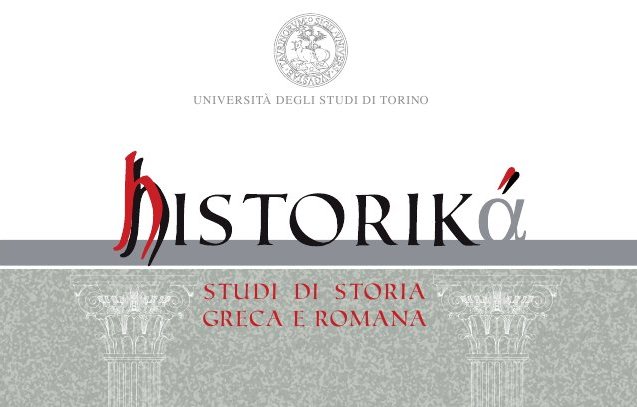Dal bue al bronzo? L’“evoluzione” degli strumenti monetali nella Roma arcaica e il caso dei sistemi di ammende pecuniarie fino alla fine del V secolo a.C.
DOI:
https://doi.org/10.13135/2039-4985/6073Abstract
This essay addresses the theme of the evolution of “monetary” instruments in archaic
Rome, with a special focus on the different forms of fine payment in the fifth century
BC.
Through the analysis of literary, juridical, archaeological and linguistic data, this article
intends to question the idea – established by Theodor Mommsen in 1860 and often
followed up to present times – that between c. 450 and 430 BC the more “primitive”
form of payment in cattle was completely replaced by a more “progressive” payment in
“monetary” bronze.
The sources discussed in this essay show in the first place that, in fact, fines that were
levied in cattle – which were likely to have existed from the regal age – were still
imposed well after the fifth century BC. Plus, in the archaic age those fines were part of a
complex, hierarchical and developing system in which, depending on the nature and
gravity of the crime, different (and continuously shifting, based on historical and political
circumstances) forms of payment were expected. Notably, when especially heavy fines
were levied, the archaic Roman juridical system provided for the possibility to convert the amount to be paid, usually valued in asses, into specific goods (land, houses, slaves),
consistently with what happened, in the same historical period, with private debts where
the amount owed to the creditor, again in asses, could be paid by labour (operae).
Accordingly, the available documents rule out the possibility of any linear evolution
“from cattle to bronze”, but suggest the existence in archaic Rome of a complex and
integrated but unsteady system of different forms of payment, where the use of weighed
bronze was in fact mandatory only in a relatively narrow number of circumstances.
Downloads
Published
Issue
Section
License
The authors who publish in this magazine accept the following conditions:
a) The authors retain the rights to their work and assign the right of first publication of the work to the magazine, simultaneously licensed under a Creative Commons License - Attribution that allows others to share the work indicating intellectual authorship and the first publication in this magazine.
b) Authors may adhere to other non-exclusive license agreements for the distribution of the version of the published work (e.g. deposit it in an institutional archive or publish it in a monograph), provided that the first publication has taken place in this magazine.


 The journal has been approved for inclusion in DOAJ. The DOAJ listing of the journal is available at
The journal has been approved for inclusion in DOAJ. The DOAJ listing of the journal is available at 
